Secrets of Pune's Development Control Rules that Affect Your Home Design

Picture a city where every building is a masterpiece, where creativity and sustainability dance in perfect harmony. This is the reality of Pune, a dynamic metropolis in Maharashtra, India, where the built environment is shaped by a set of meticulously crafted development control regulations. These regulations, which encompass Floor Space Index (FSI), building height restrictions, and margins/setbacks, are the invisible forces that guide the city's growth and inspire architects and designers to push the boundaries of their imagination.
In this article, we will embark on a thrilling journey to explore how Pune's development control regulations are revolutionising architectural design and how ongrid.design, a trailblazing online architecture and interior design service provider based in Pune, navigates these regulations to create breathtaking, sustainable, and compliant designs for its clients.
Decoding Pune's Development Control Regulations
To truly grasp the essence of architectural design in Pune, one must first understand the framework within which it operates. The Development Control and Promotion Regulations (DCPR) for Pune Municipal Corporation (PMC) area act as the rulebook, outlining the parameters that architects and designers must adhere to while crafting their masterpieces. (Refer to Pune Municipal Corporation, 2013a)
The DCPR divides Pune into distinct zones, each with its own unique set of regulations. The core city area, lovingly referred to as the "congested area," is governed by different FSI and building height restrictions compared to the newer, non-congested areas. This zoning approach empowers the PMC to prioritise development in specific areas while ensuring that the city's growth remains sustainable and manageable.
| Description of abutting road | Min plot size (m2) | Min frontage setback (m) | Min setback from road front (m) | Min side and rear margins (m) |
|---|---|---|---|---|
| 36 m and above | 750 | 18 | 6 | Half the height of the building minus 3 m |
| 36 m > x ≥ 24 m | 600 | 18 | 6 | (min 3 m) |
| 24 m > x ≥ 15 m | 500 | 15 | 4.5 m (R) 6 m (O) | |
| 15 m > x ≥ 12 m | 250 | 12 | 4.5 m (R) | (min 3 m) |
| 12 m and below | 250 > y ≥ 125 | 12 > z > 8 | 3 | 2.25 m, 3 m |
| Row housing on 12 m and below | 125 > y > 50 | 8 > z > 4 | 3 | Side 2.25 m Rear 1.50 m |
| Row housing for EWS/LIG | 50 > y ≥ 125 | 4 | 1 m from path 2.25 m from road | Side 2.25 m Rear 1.50 m |
| Description of abutting road | Max ground coverage (%) | Max permissible height (m) | FAR |
|---|---|---|---|
| 36 m and above | 50 | 21 | 1 |
| 36 m > x ≥ 24 m | 50 | 21 | 1 |
| 24 m > x ≥ 15 m | 50 | 21 | 1 |
| 15 m > x ≥ 12 m | 50 | 18 | 1 |
| 12 m and below | 50 | 10 | 1 |
| Row housing on 12 m and below | 50 | 10 | 1 |
| Row housing for EWS/LIG | Only margins | 10 | 1 |
Source: Pune Municipal Corporation, 2013b
FSI: The Magic Number That Shapes Pune's Skyline

At the core of Pune's development control regulations lies the concept of Floor Space Index (FSI). FSI is the secret formula that determines the maximum buildable area on a plot of land, calculated by dividing the total built-up area by the plot area. In Pune, the permissible FSI varies based on the zone and the type of development. For instance, in the congested areas, the maximum permissible FSI for residential development is 1.5, subject to a maximum tenement density of 375 tenements per hectare. (Refer to Pune Municipal Corporation, 2013b)
But how does FSI shape architectural design? With limited FSI, architects and designers must unleash their creativity and devise innovative solutions to optimise the usable space while adhering to the regulations. This often leads to groundbreaking design approaches, such as the use of vertical spaces, efficient floor plans, and multi-functional areas.
At ongrid.design, our team of passionate architects and designers specialises in crafting designs that maximise the available FSI while prioritising functionality, aesthetics, and sustainability. We collaborate closely with our clients to understand their unique needs and preferences, and then create customised design solutions that align with Pune's development control regulations.
Mastering the Art of Designing Within Height Restrictions

In addition to FSI, Pune's development control regulations also impose restrictions on building heights. The maximum permissible building height varies based on the zone and the width of the road adjacent to the plot. For example, in congested areas, the maximum building height is limited to 70 metres, and the minimum setback from existing roads of 4.5 m width is 1.5 m. (Refer to Pune Municipal Corporation, 2013b)
These building height restrictions add an extra layer of complexity to architectural design in Pune. Architects and designers must carefully consider the height limitations when conceptualising a building's form and massing. In some cases, the height restrictions may necessitate the use of setbacks or terracing to ensure that the building fits within the prescribed limits.
At ongrid.design, we embrace the challenge of designing within height restrictions. Our team takes a holistic approach, considering factors like height limitations, setbacks, and FSI to create structures that are both visually stunning and compliant with Pune's development control regulations. We harness the power of advanced design software and visualisation tools to explore different design options and find the perfect solution for each project.
Setbacks and Margins: Creating Livable Spaces

Setbacks and margins are the unsung heroes of Pune's development control regulations. These regulations specify the minimum distance between a building and the plot boundary, as well as the minimum distance between buildings on the same plot. The purpose of setbacks and margins is to ensure adequate light, ventilation, and privacy for building occupants, as well as to create a sense of openness and space within the city.
In Pune, the required setbacks and margins vary depending on the zone, the width of the road, and the height of the building. For example, in non-congested areas, the minimum front setback for a building up to 10 metres in height is 3 metres, while the minimum side and rear margins are 2.25 metres. (Refer to Pune Municipal Corporation, 2013b)
Setbacks and margins play a crucial role in architectural design, as they determine the placement of a building on a plot and its relationship to the surrounding environment. Architects and designers must carefully consider these regulations when designing the layout and orientation of a building, ensuring that the required setbacks and margins are maintained while also maximising the usable space within the plot.
At ongrid.design, we see setbacks and margins as an opportunity to create livable and sustainable spaces. Our designers incorporate elements like landscaping, seating areas, and play spaces within the setback areas, enhancing the overall quality of life for building occupants. We also use setbacks and margins to promote natural ventilation and daylighting, reducing the building's energy consumption and carbon footprint.
Navigating the Statutory Approval Process

Designing a building that complies with Pune's development control regulations is just the first step in the journey. The next crucial phase is navigating the statutory approval process to ensure that the design meets all the necessary legal requirements. This process involves submitting the building plans to the relevant authorities, such as the PMC, for approval and obtaining the necessary permits and clearances.
At ongrid.design, we understand that the statutory approval process can be complex and time-consuming. That's why we offer our clients end-to-end support, from concept design to obtaining the necessary approvals. Our team of experts stays up-to-date with the latest regulations and guidelines, ensuring that our designs are not only compliant but also optimised for a smooth approval process.
Embracing Sustainability and Green Architecture

Pune's development control regulations not only shape the city's urban form but also play a crucial role in promoting sustainability and green architecture. The DCPR encourages the use of eco-friendly building materials, energy-efficient systems, and green building practices to reduce the environmental impact of the built environment.
At ongrid.design, we are committed to creating designs that are not only aesthetically pleasing but also environmentally responsible. Our team incorporates sustainable design principles, such as passive solar design, rainwater harvesting, and green roofs, to minimise the building's carbon footprint and promote a healthier living environment.
We also recognize the importance of addressing the urban heat island effect, a phenomenon where urban areas experience higher temperatures compared to surrounding rural areas due to the prevalence of heat-absorbing surfaces like concrete and asphalt. Our designers use strategies like green walls, reflective roofs, and shading devices to mitigate the urban heat island effect and create more comfortable outdoor spaces.
Universal Design: Creating Inclusive Spaces

Pune's development control regulations also emphasise the importance of creating inclusive spaces that cater to the needs of all users, regardless of their age, ability, or background. The concept of universal design is gaining traction in the city, with architects and designers striving to create buildings that are accessible, adaptable, and user-friendly.
At ongrid.design, we believe that universal design is not just a requirement but a responsibility. Our designers incorporate features like wide doorways, step-free entrances, and adaptable bathrooms to ensure that our buildings are accessible to all users. We also use innovative design solutions, such as flexible layouts and multi-sensory wayfinding, to create spaces that are intuitive and easy to navigate.
Conclusion

Pune's development control regulations are not just a set of rules; they are the catalyst that sparks innovation and creativity in architectural design. These regulations shape the city's urban form, influence building massing and layout, and encourage architects and designers to create spaces that are sustainable, inclusive, and livable.
At ongrid.design, we have mastered the art of navigating these regulations to create designs that are not only compliant but also push the boundaries of what is possible. Our team of passionate architects and designers combines technical expertise, creative vision, and a deep understanding of Pune's development control regulations to deliver customised design solutions that exceed our clients' expectations while also contributing to the city's sustainable growth.
As Pune continues to evolve and grow, the role of architects and designers in shaping the city's urban fabric becomes increasingly crucial. By embracing the challenges posed by the development control regulations and leveraging the latest technologies and design strategies, we can create a city that is not only beautiful but also sustainable, inclusive, and resilient.
If you are looking for architectural or interior design services in Pune, look no further than ongrid.design. Our team is dedicated to delivering exceptional design solutions that align with your vision and meet the city's development control regulations. Contact us today to learn more about how we can help you turn your dream project into a reality.
References:
- Pune Municipal Corporation (2013a). Draft Development Control Regulations for Development Plan Pune, Pune Municipal Corporation, Pune.
- Pune Municipal Corporation (2013b). Draft Development Plan for Pune City (Old Limit) 2007-2027, Pune Municipal Corporation, Pune.





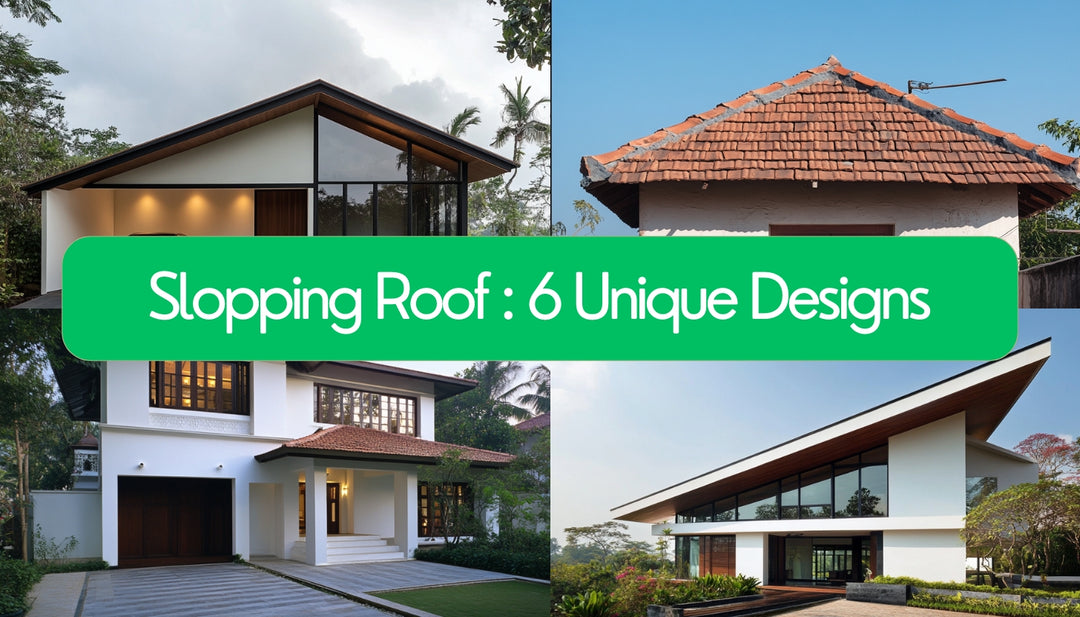
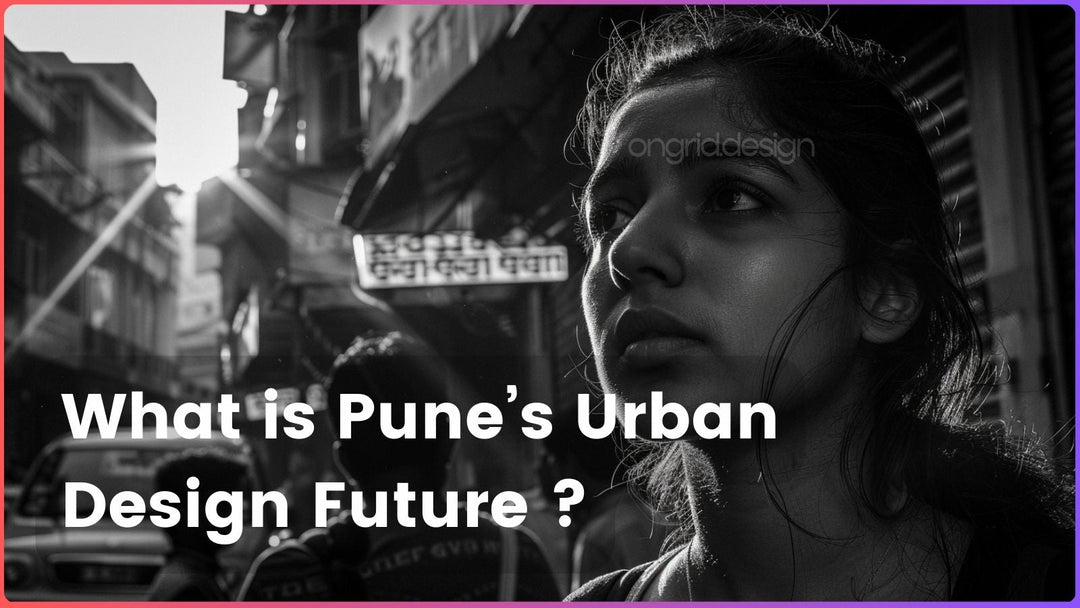
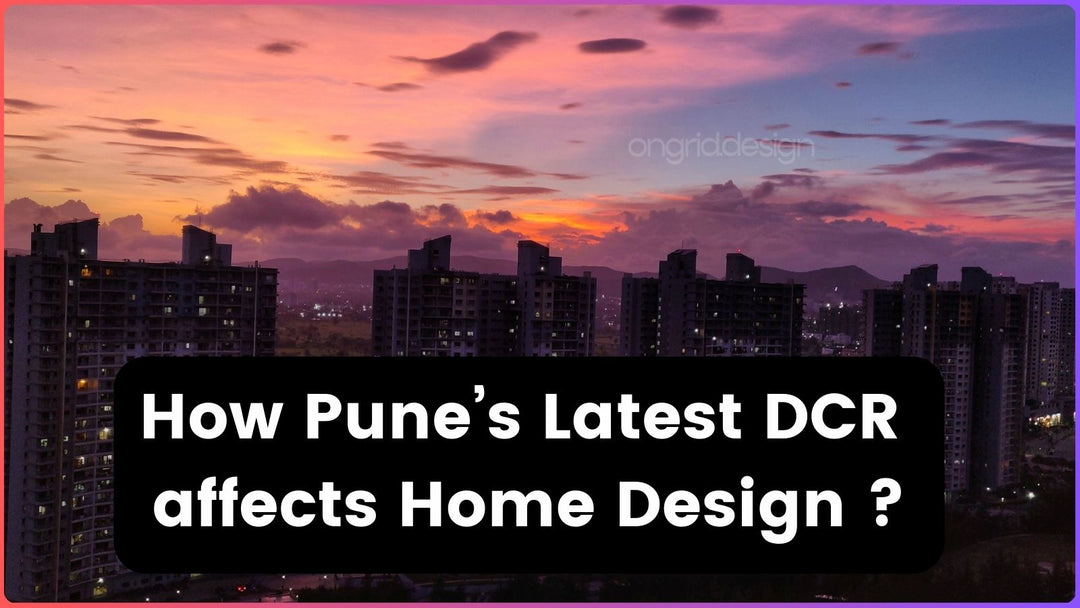
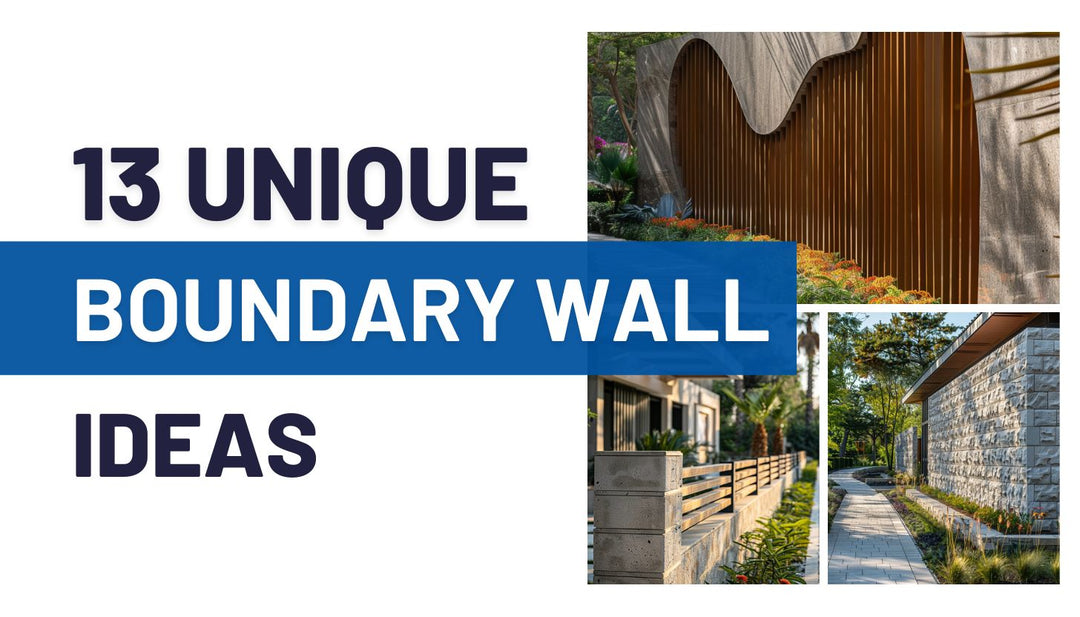
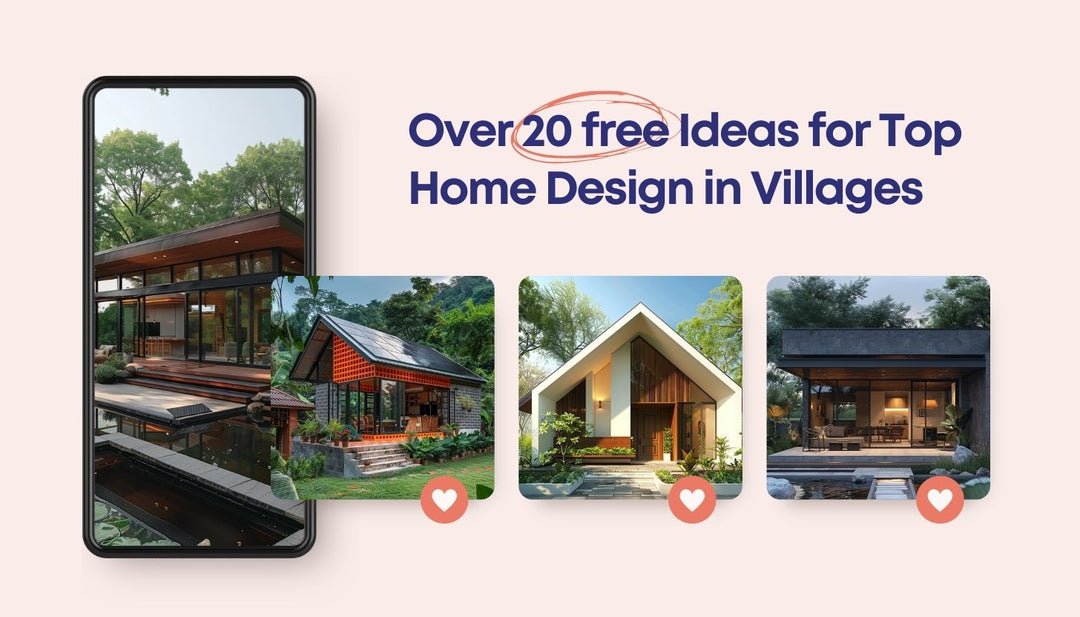

Leave a comment